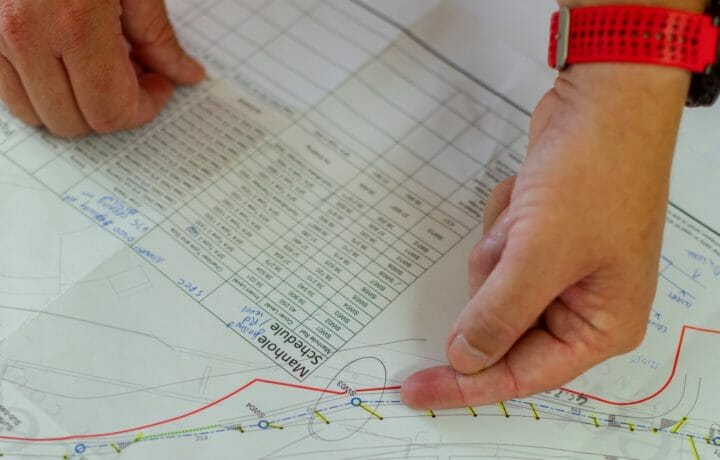The Department of Defense’s management of its civilian workforce is a high-risk area for the agency, according to recent testimony from a Government Accountability Office (GAO) official before the House Armed Services Committee.
While the Defense Department has made progress in developing a civilian workforce plan, the progress has been minimal the official said.
One of the primary problem areas is that the DoD identified 22 categories of mission-critical occupations performed by civilians, but only completed a “gap analysis” for three of these: information technology, languages and logistics. A gap analysis refers to the process of identifying the skills that fall short of current and future requirements.
"The need for the department to address these gaps is undermining its ability to fulfill vital missions," said Brenda Farrell, GAO’s director of defense capabilities and management. Representative Howard McKeon, (R-Calif.), chairman of the committee, said the DoD suffered from a "lack of trained acquisitions personnel."
"Over the years Congress has provided the Defense Department with flexible tools to improve the acquisitions workforce," he said. "To date, we have seen nothing but arbitrary decisions made without any guiding principles in place. Congress has had to step in because DoD has not paid sufficient attention" to Congress’ wishes.
Yet Keith Charles, the Pentagon’s director of human capital initiatives, said that "since 2009, the department has reversed the decline in the acquisition workforce." He noted that the DoD added 8,600 acquisition personnel out of a contemplated 20,000 and the department will hire more in the coming years, as reported by Federal News Radio.
He said "ten-thousand of this growth is supported by the Defense Acquisition Workforce Development Fund," while the other 10,000 is part of an insourcing initiative. DoD has recently increased its workforce by 2,200 through insourcing and future insourcing "will be on a case-by-case basis," he said.
The key strategic challenge for DoD when it comes to acquisition involves "ensuring the readiness of the mid-career acquisitions workforce in the 5-to-10 year horizon,” Charles said. “We need to focus on that and fix that before it becomes a disaster."



